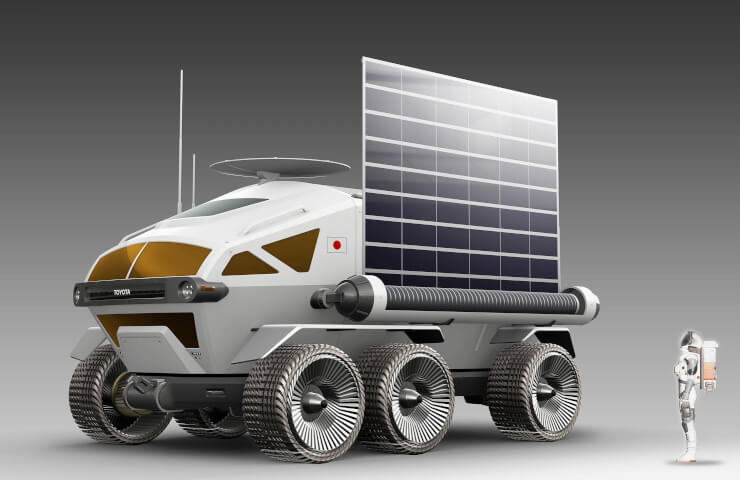Toyota plans to use regenerative fuel cell technology to power a manned lunar rover, company executives said Friday, raising the possibility of using water ice on the moon as a power source in the future.
Japan has stepped up its space ambitions under Prime Minister Fumio Kishida.
It is part of NASA's Artemis program and plans to send an astronaut to a lunar space station called Gateway in the second half of 20 20s.
Toyota has teamed up with the Japan Aerospace Exploration Agency since 2019 to develop a manned lunar rover they call the Lunar Cruiser, which they hope can be sent to the moon in 2029.
“In order to conduct long-term and stable exploration on the lunar surface, we aim to obtain various materials in situ over a long period of time,” said Ken Yamashita, Lunar Exploration Project Manager at Toyota .
NASA expects Japan to provide a lunar rover with a target launch date of 2029 as a contribution to the Artemis program, JAXA said in presentation materials on Friday.
The fuel cell vehicle uses an electric motor, like an electric vehicle, but is powered by a fuel cell where hydrogen is separated by a catalyst to produce electricity.
Toyota said its technology will use solar energy and water to produce hydrogen and oxygen by electrolysis during daylight hours, and fuel cells to supply electricity at night.
Moonlit night lasts about 14 Earth days, so with the help of technology, the lunar rover will be able to ride for many days in a row, even when it is dark and very cold.
The world's largest automaker in terms of sales hopes to receive an order for a manned lunar rover by next fall. The ship is expected to be able to carry two astronauts for 42 days a year on a mission and stay in service for 10 years.
"Our idea is to continue using the rover for longer than these 10 years if there is a company or arrangement that can supply the water needed to do so," Yamashita said, adding that clean water would need to be sent into space first with it.
Toyota does not expect to be able to generate water , suitable for fuel cells, from the icy water of the moon or be able to mine it on its own, Yamashita warned, saying that for this she will most likely rely on other companies or future developments.





